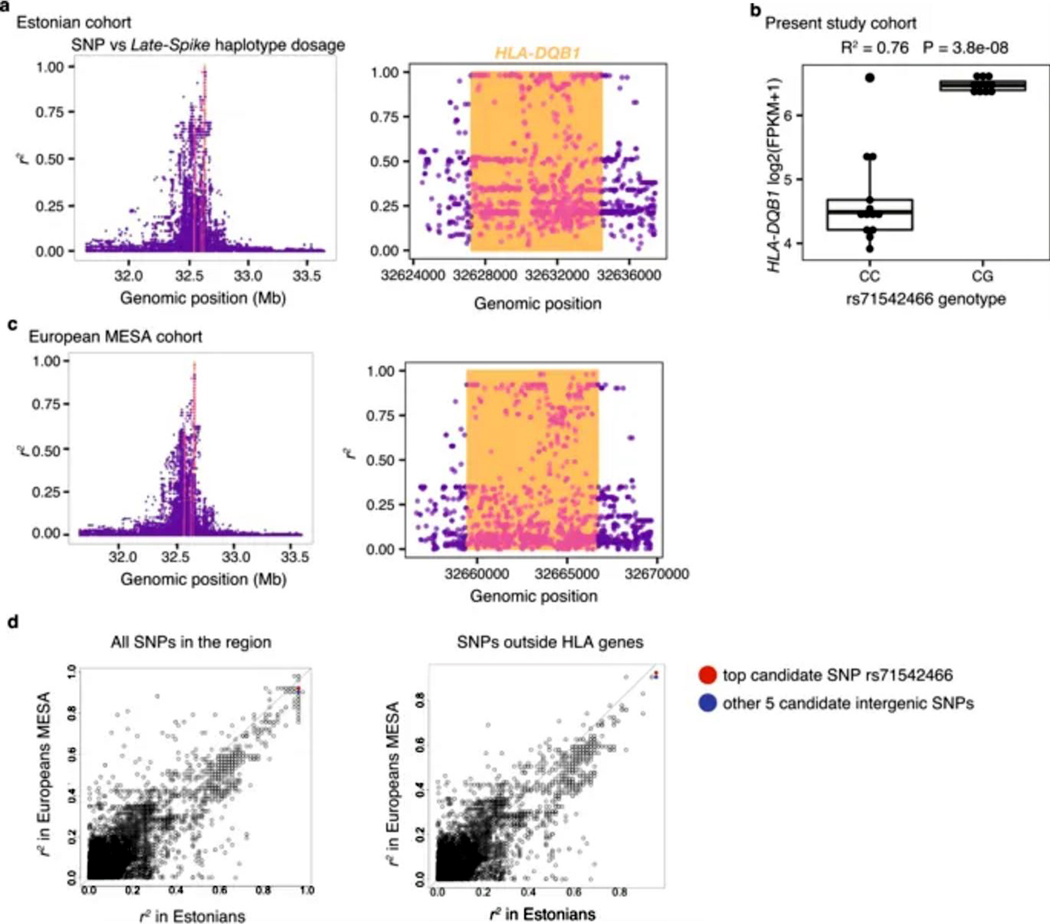Extended Data Fig. 8. Mapping variants associated with Late-Spike haplotype.

(a) r2 between Late-Spike haplotype dosage and SNPs within 1Mb of HLA-DQB1 in Estonian cohort. Orange vertical lines indicate location of HLA-DQB1. Dots that are colored pink are intragenic SNPs in HLA-DQB1, HLA-DRB1, and HLA-DQA1. Right plot is zoomed in on HLA-DQB1 region to show top SNPs (reference genome hg19). (b) HLA-DQB1 gene expression levels (log2(FPKM+1)) at 72 hours after stimulation for individuals separated by their rs71542466 genotype. (c) Same as in (a) but in European MESA cohort (reference genome GRCh38). (d) r2 comparison between Estonian and European MESA cohort, for all SNPs in the region (left) or the subset of SNPs in the regions that do not overlap HLA-DQB1, HLA-DRB1 or HLA-DQA1 start-end genomic coordinates (right). The 6 intergenic SNPs with top r2 in Estonians are highlighted, with 3 of them having top r2 in the European MESA cohort too. Identity line marked. These results show that our top candidate SNP rs71542466 (and the other candidate SNPs) tracks well with the Late-Spike haplotype in both the Estonian and the MESA cohort of individuals of European ancestry recruited in the United States.
